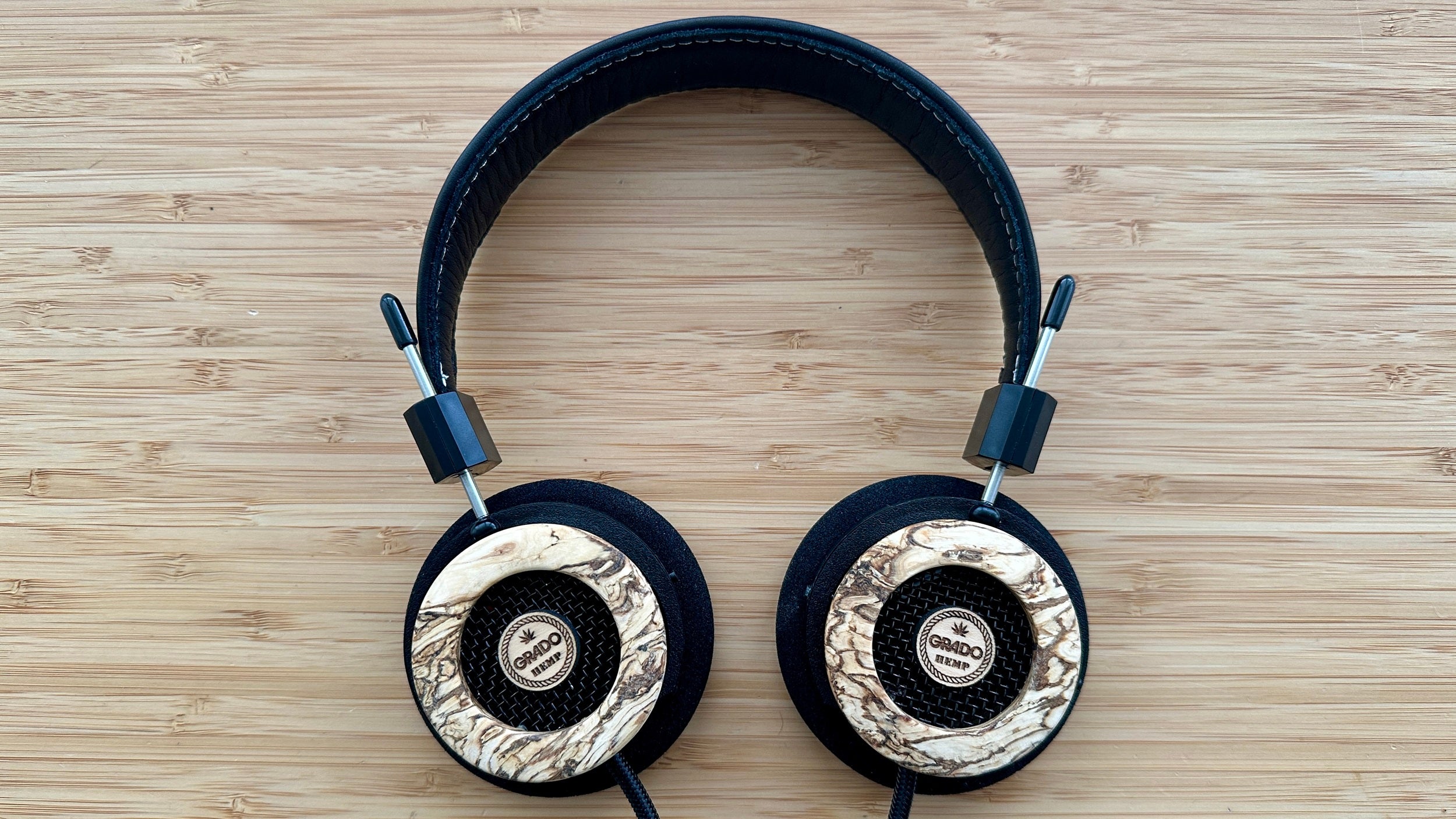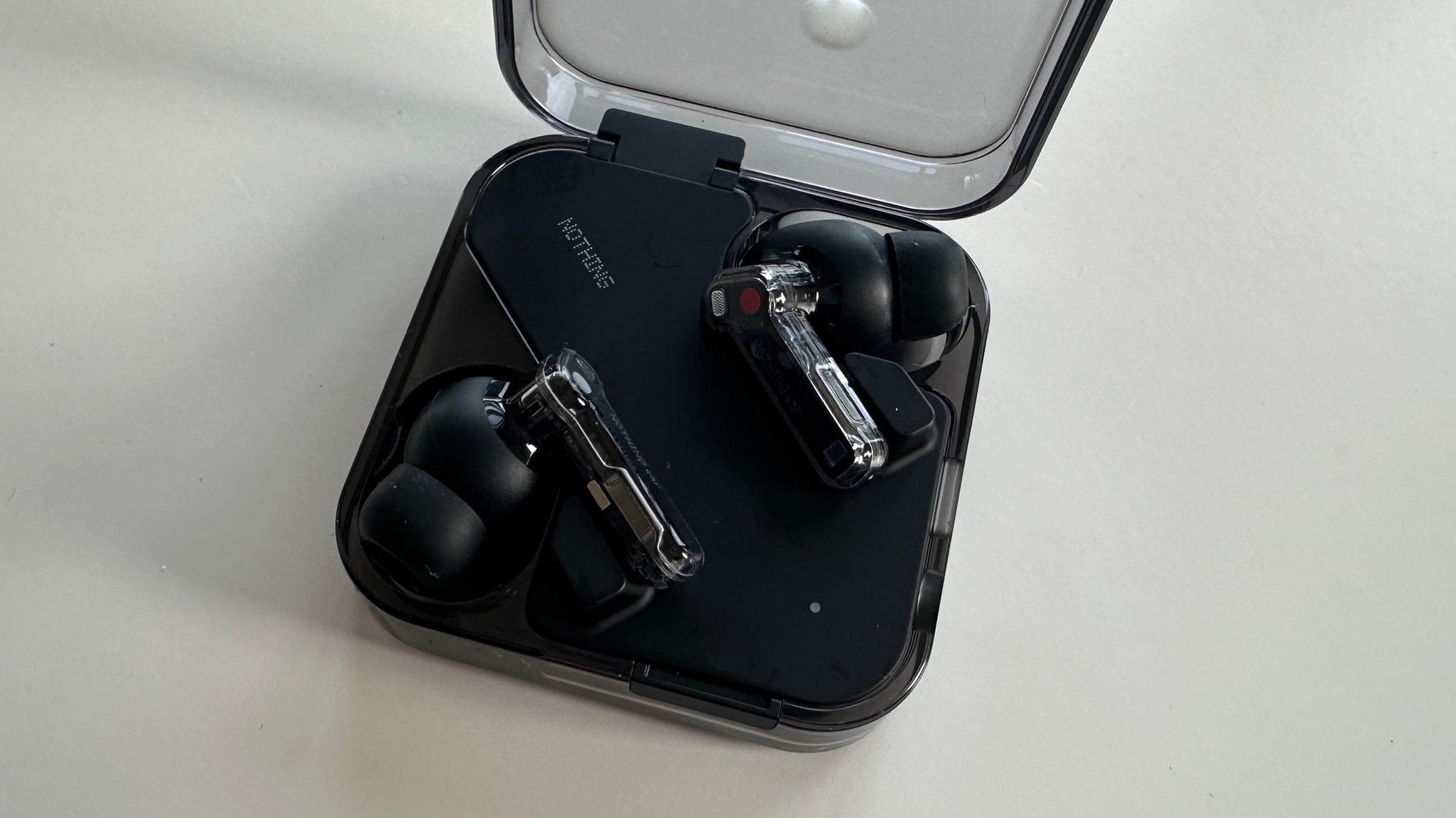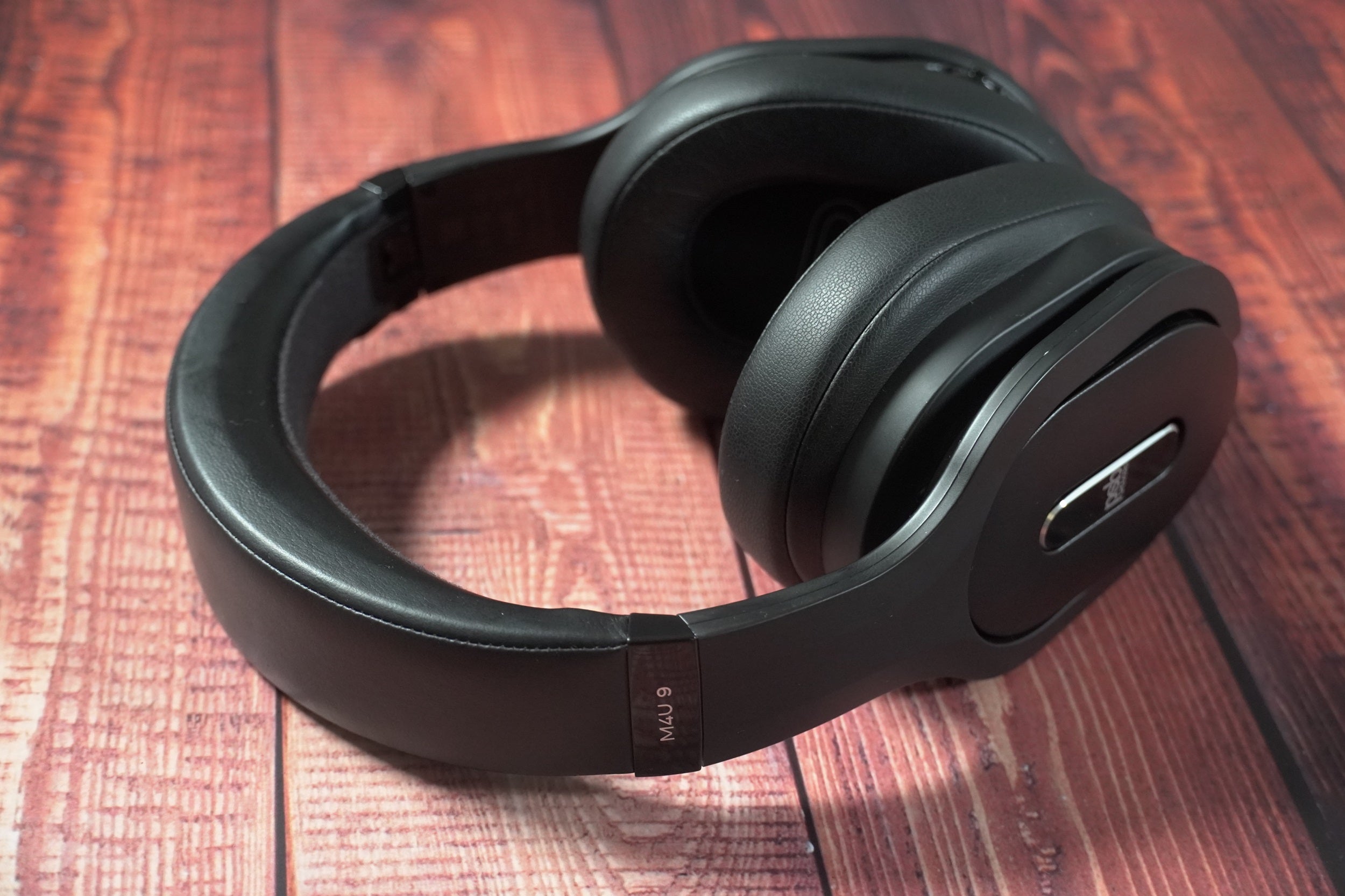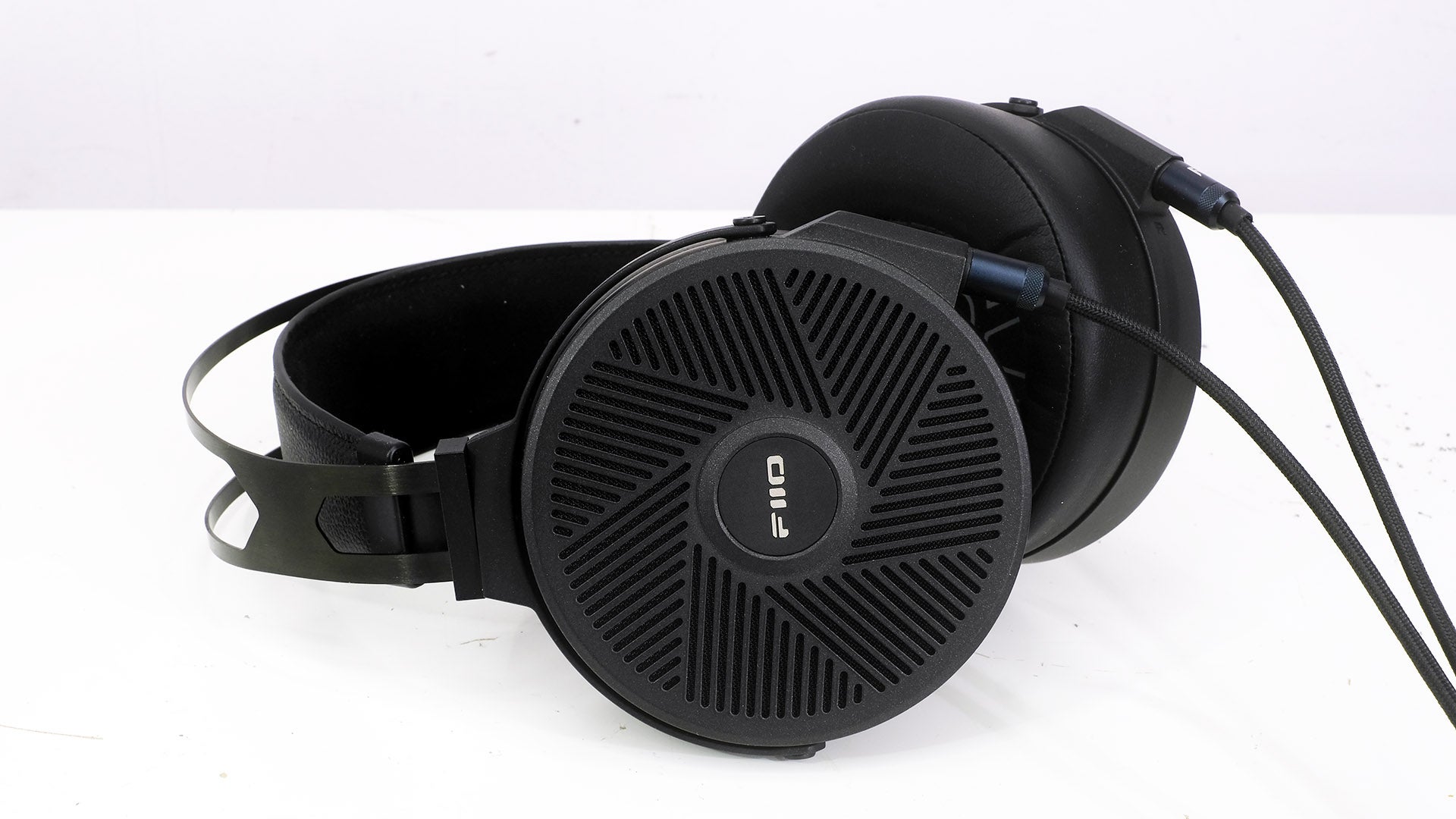Shokz OpenRun Pro Review
The priciest Shokz headphones are not necessarily the ones you need for your run time


Verdict
The OpenRun Pro is a light and comfortable set of sports headphones that promise bigger sound than previous Shokz headphones, but didn’t quite deliver on that front where it matters
Pros
- Slim, light headphones to wear for exercise
- Quick charge technology
- Multipoint pairing
Cons
- Enhanced bass doesn’t deliver outside
- Proprietary charging cable
- Different waterproof rating to OpenRun
Availability
- UKRRP: £159.95
- USARRP: $179.95
Key Features
- SoundDelivers audio to the ear via bone conduction
- BatteryQuicker fast charging than previous models
Introduction
The OpenRun Pro are headphones made for runners that sit at the top of Shokz’ (formerly Aftershokz) collection. They use bone conduction technology and an open ear design to deliver audio to your ears in a way that still keeps you aware of your surroundings.
Sitting above the OpenRun, the Pro promises a slimmer design, bigger sound and battery life along with a quicker fast charge mode than the OpenRun is capable of.
There’s no shortage of running headphones out there, so are the OpenRun Pro some of the best you can take out or keep inside for some treadmill time?
Design
- Weighs 29g
- Look identical to standard model
One of the most appealing aspects of Shokz headphones is that with every iteration they’ve generally got slimmer and lighter, making them less noticeable when they’re on your head.
The OpenRun Pro looks pretty much identical to the OpenRun, coming in black and blue looks with the same wraparound headband-style titanium frame. It weighs just slightly heavier at 29g compared to the OpenRun (26g) and Shokz says its 20% smaller than its previous headphones. I’ve used the Aeropex, and more recently the OpenRun, and can’t say there’s a huge difference in the form factors and how they feel to use for exercise. You barely feel them when they’re on and they do stay put.

Controls-wise, you’ve got two physical buttons on the right side of the frame to turn on the headphones and turn volume up or down. There’s also a multifunction button at the top end of the arm on the left hand side, which you can press to play/pause, skip tracks, summon your smartphone’s smart assistant and handle calls. There’s dual-cancelling microphones to make sure those calls come out nice and clear.
There’s a small LED light tucked away on one side to indicate battery and pairing status and a port to plug in the magnetic conduction cable, which is a little on the flimsy side for my liking.
Features
- IP55 water resistant
- 5-minute quick charge support
In terms of battery life, Shokz is promising up to 10 hours with an hour to fully recharge them. That’s up from the 8 hours of the OpenRun and half an hour quicker to charge them back up. There’s also a speedier fast charge feature, where a 5-minute charge gets you 1.5 hours of listening time.
I found with 3 hours of outdoor running with the Pro pretty at top volume, it dropped from 100% to 60%. I’d say that would probably work out to about 5 hours based on my testing. Shokz says it’s testing was at 75% volume, so if you’re willing to have the volume lower, then you’ll likely get a longer battery time.
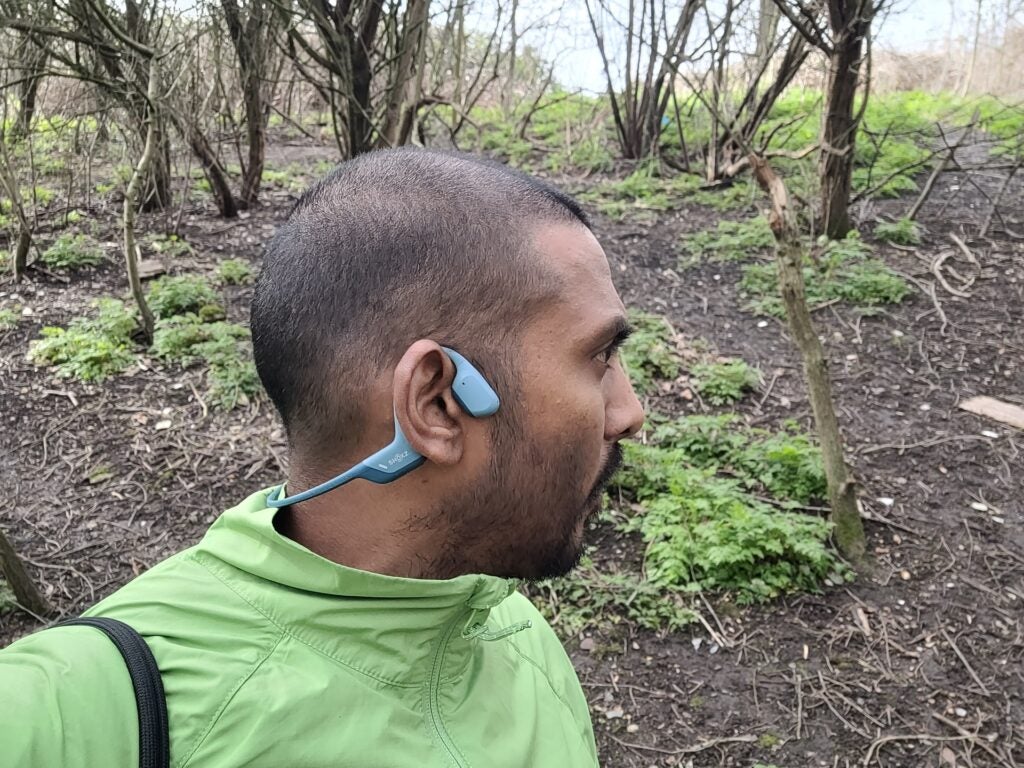
The IP55 water resistance rating means you’re getting something that can resist some sweat, rain and dust. It’s actually a weaker water resistance rating than the one included on the cheaper OpenRun headphones, which is an intriguing move by Shokz to downgrade things on that front.
If you like your headphones to connect to more than one device, like the standard OpenRun mode, the Pro offer multipoint sharing, letting you pair two devices at the same time and effortlessly switch between the two.
Sound quality
- Shokz’ 9th generation bone conduction technology
- Added bass enhancers
Shokz says the OpenRun Pro packs its latest 9th generation bone conduction technology, which it’s calling TurboPitch. This uses two bass enhancers it claims can deliver “enhanced bass and premium sound quality”.
The attempt to deliver fuller, more powerful sound is ultimately the biggest downside of bone conduction technology in general, where the approach to delivering sound to your ears via transducers travelling up your cheekbones and face often struggle to deliver really rewarding sound. As far as succeeding in delivering that bigger, bassier sound, I’d say it doesn’t quite work out as I anticipated.
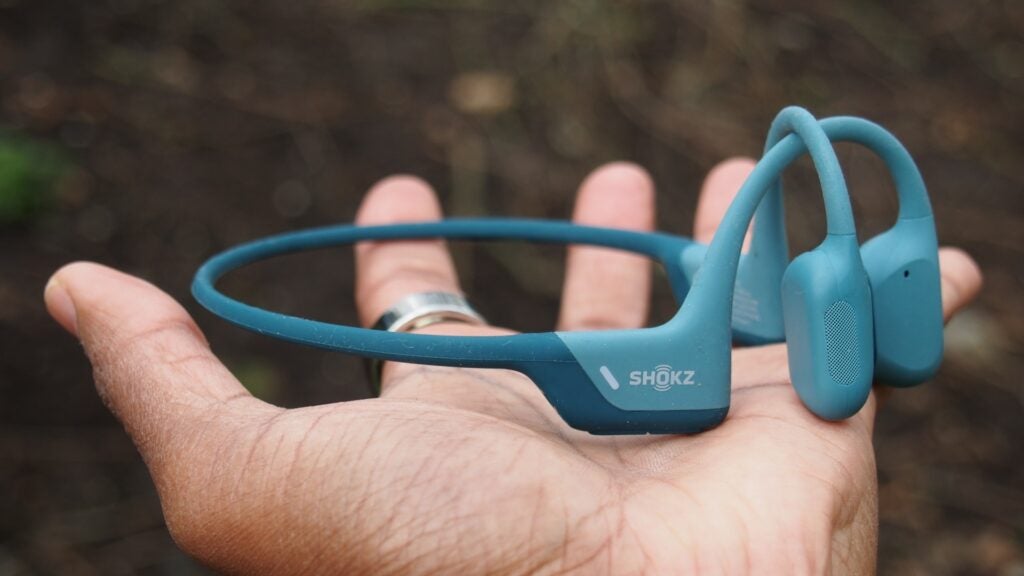
Shokz offers two EQ modes that you can toggle between from the headphones and from the Shokz app, which is currently only available in the US and Canada. Holding down the volume buttons together while your audio is playing switches between a standard mode that promises a standard frequency for listening to music, and a vocal booster for listening to audiobooks and podcasts.
Switching between those two modes, there’s definitely a greater emphasis on clarity in that vocal mode while the standard mode does try to offer a punchier sound than previous Shokz headphones. Ultimately though, that attempt to bring the bass comes at the noticeable expense of clarity, and there’s more noticeable vibrations in a bid to deliver that bigger sound to the ears.

That ever so slight jump up in bass is more noticeable indoors than outdoors unfortunately, where I really hoped it would make a difference. I took them out for a series of runs and the sound profile didn’t feel particularly warm, bassy or seem to offer more power than other Shokz headphones. It still struggled to battle with the wind, even at top volume.
It’s a similar story when handling calls. They handle things better inside than they do outside, so if you’re hoping to take a lot of big calls on them out on your runs, you might be underwhelmed by the call quality when there’s a lot of exterior sound around you.
Latest deals
Should you buy it?
You want more control over sound It is just two EQ modes, but if you like the idea of having the ability to tinker with the sound, the OpenRun Pro does let you do that
You want bass where it matters Shokz does manage to amp the power and bass up slightly, but it’s certainly more noticeable indoors than it is outdoors
Final Thoughts
The OpenRun Pro continues the trend of Shokz making really light, comfortable headphones that deliver good sound while being a safer way to listen to audio as you run in busy environments. The promise to bring bigger sound didn’t really play out in the way I’d hoped and ultimately you’re still going to sacrifice the kind of sound quality you’d get from cheaper sporty truly wireless earbuds. If you like the idea of bone conduction headphones for running, these are still some of the best, but you might be better off paying less for the equally as good OpenRun.
How we test
We test every headphones we review thoroughly over an extended period of time. We use industry standard tests to compare features properly. We’ll always tell you what we find. We never, ever, accept money to review a product.
Find out more about how we test in our ethics policy.
Tested for more than a week
Tested with real world use
FAQs
Shokz rate the OpenRun Pro’s battery at around 10 hours with the volume set around 75%.
The headphones IP rating is IP55 and that makes it well protected from dust (though not completely), as well as keeping them safe from water and sweat.



